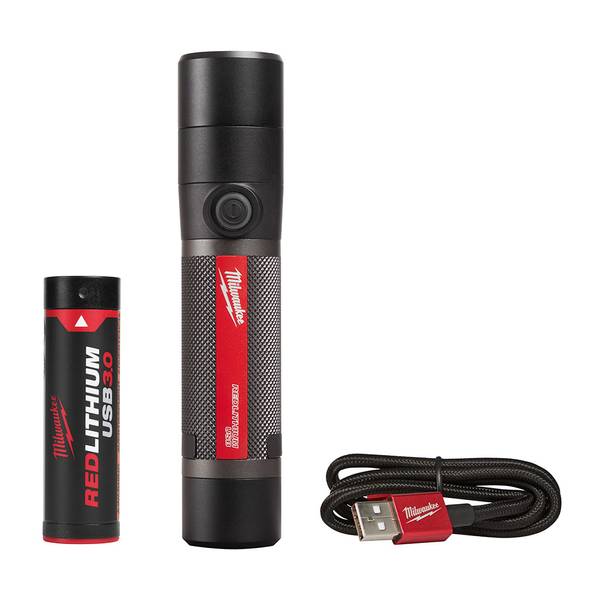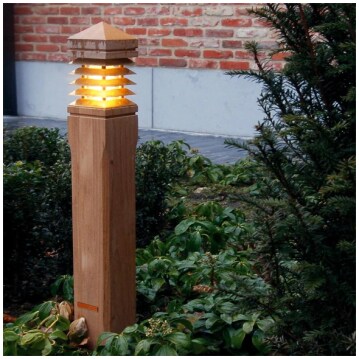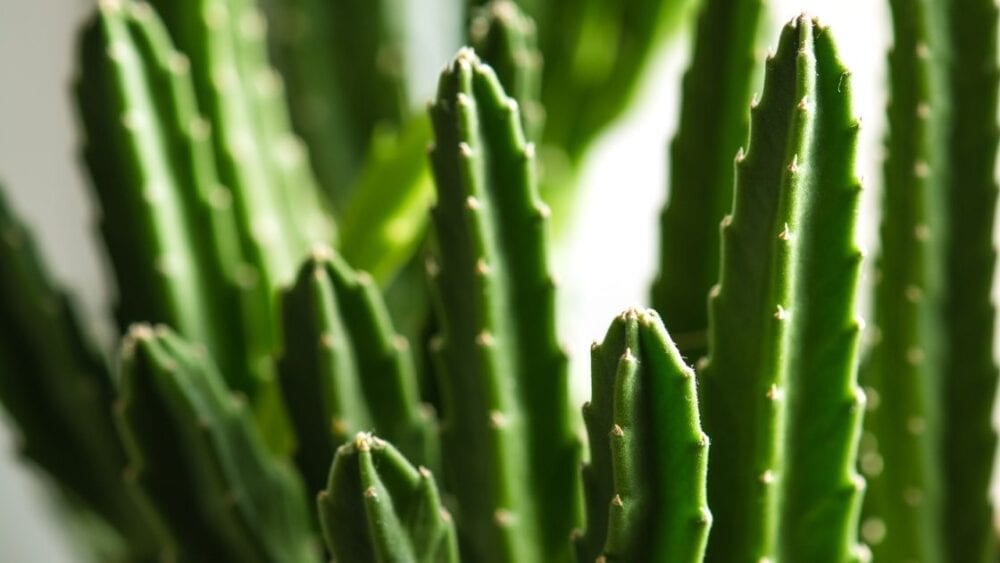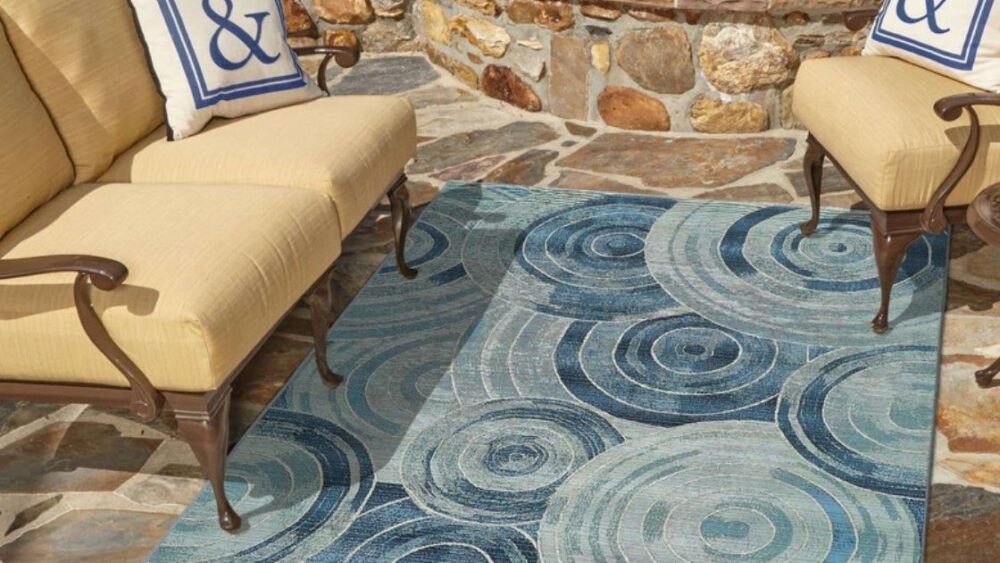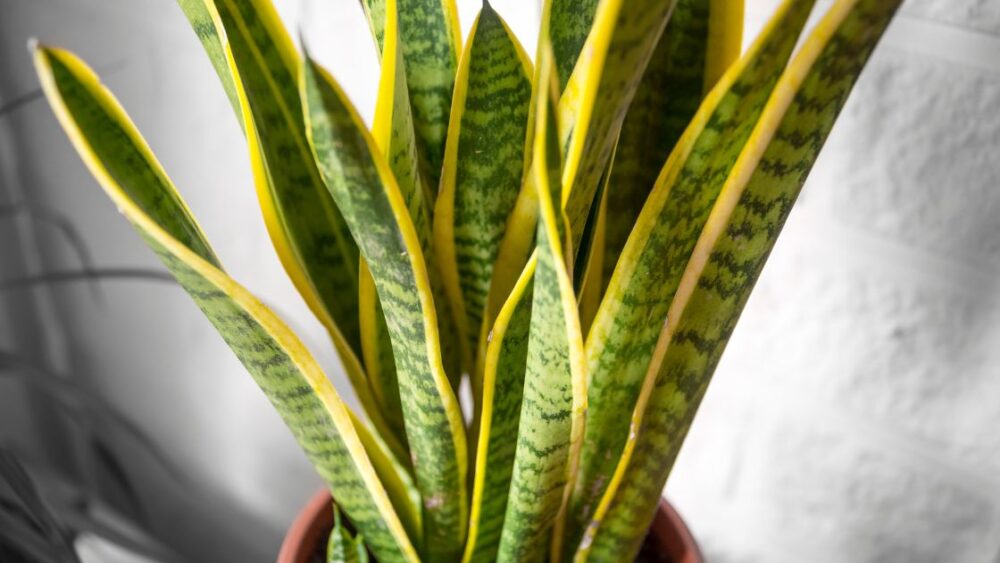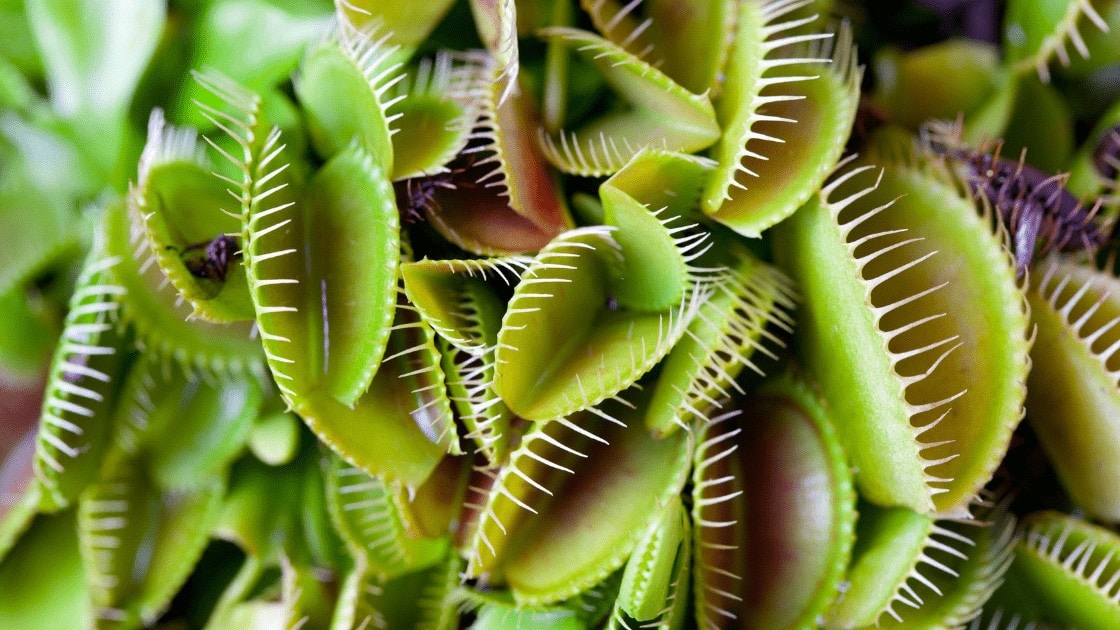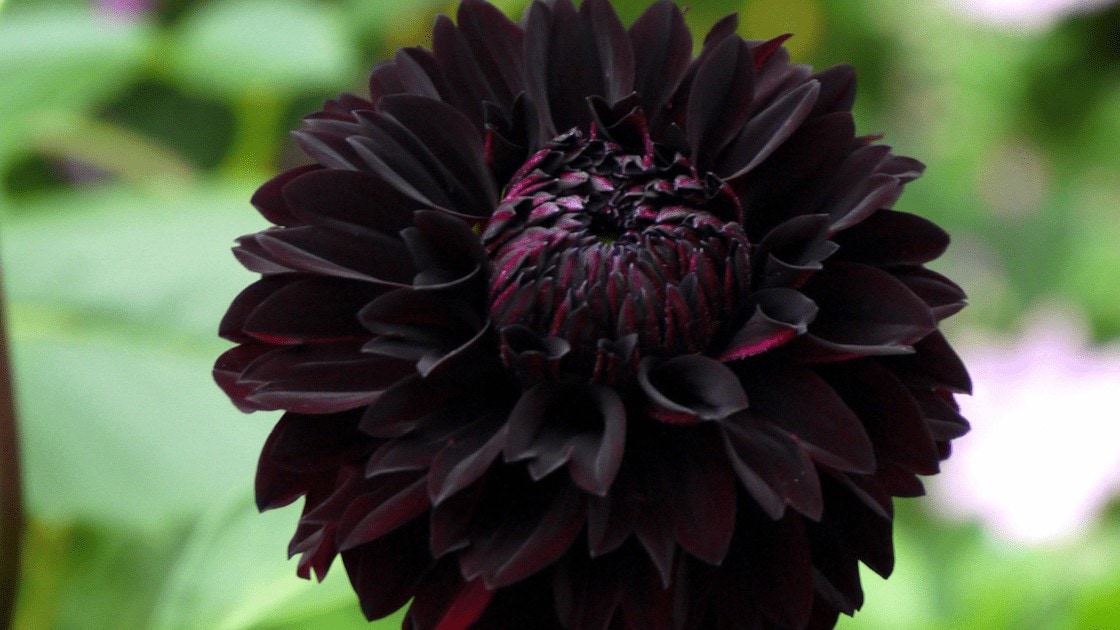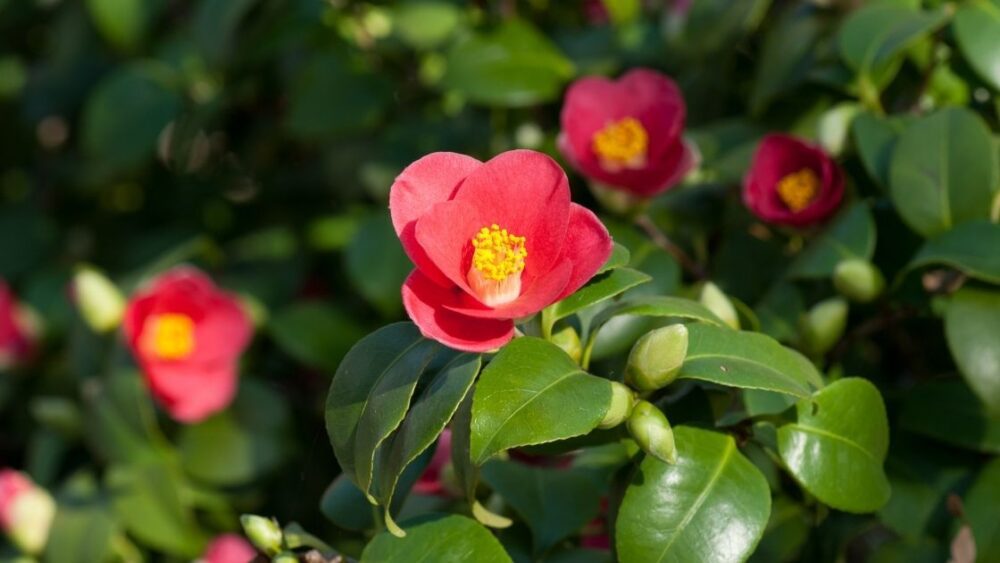
Leaf curl in Camellia shrubs is usually caused by sun scalding – although camellias do need a lot of light, they often have trouble dealing with the direct sun, especially in low humidity environments and in the absence of cooling wind. Other possible causes are an unsuitable soil pH, potassium or calcium deficiencies, too small a container, pests or improper watering. In the coming paragraphs, we’ll explore those causes, learn how to identify them and will go over the ideal conditions for growing Camellia shrubs. Let’s get into it!
What Causes The Leaves of Camellia Shrubs to Curl?
Leaf curl is related to the balance of water and electrolytes in the leaf. When this balance is off, the plant has trouble achieving normal osmotic pressure in its tissues. As a result, wilting, curling and tip browning starts occurring. This problem can be caused by multiple factors. Let’s explore some of them.
The potting container is too small
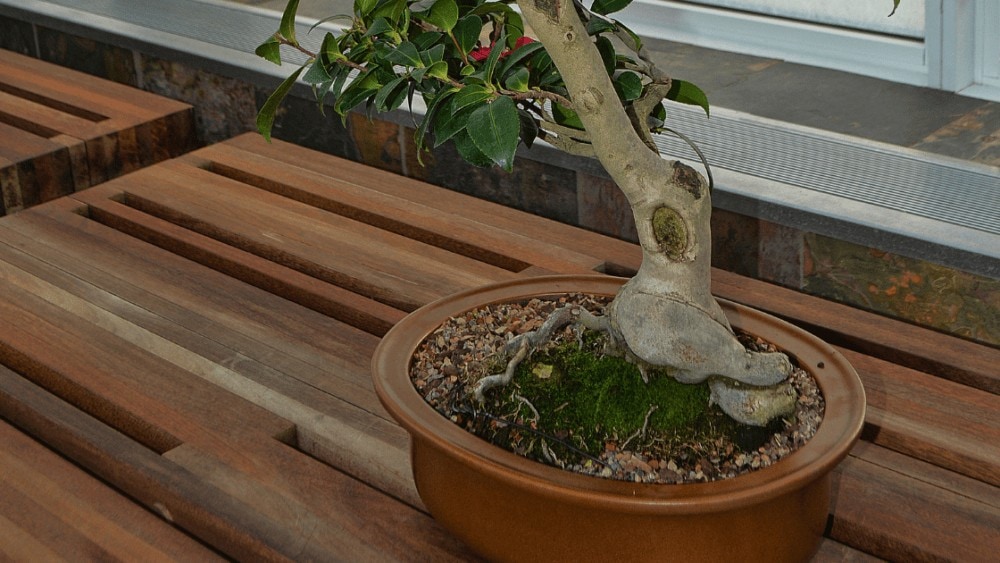
This is a classic cause of leaf curl, leaf drop and other similar problems in all species of Camellia. The mechanism at play is likely a combination of potassium deficiency from soil nutrient depletion and other factors such as insufficient aeration of the roots. Root-bound containers may also experience significant pH swings, affecting and limiting the water absorption through the roots, directly causing wilting, curling and browning of the leaf tips.
Browse our Affiliate Products
The solution is obviously to repot – use as large of a container as you can, especially if the plant is displaying severe symptoms. Make sure to use a proper, acidic soil designed for azaleas/blueberries or other acid-loving plants.
For more information about what pots to use, check out this article: What is the perfect pot for my plants?
The plant is stressed by direct sunlight
Shade cloths are almost always used in the commercial growing of tea plants (Camellia sinensis). 30% shade cloths have been proven to be ideal and allow for the maximum amount of sunlight without risking sun damage. Providing shading is not absolutely necessary and depends on your location. If the sun is very high in the sky (directly overhead) for a few hours every day, providing shading will usually be a must. The damage which the strong sun does to the leaves is related both to overheating and to the high UV content of the rays. Low humidity exacerbates the damaging effects of direct sunlight.
Plants that have been growing in greenhouses (which are usually at least 50% shaded and up to 100% shaded from UV light) will invariably experience leaf curl symptoms when suddenly exposed to direct sunlight – gradual acclimatization is required and even a 30% shade cloth may prove to be insufficient. Over a period of a month or two, the plants will get used to the sun. For more information on shading types check out this article, Shade Cloth vs Blinds: Which Is Better For Patio Plants?
High pH & Nutrient Deficiencies
High soil pH is not directly responsible for leaf curl, browning and curling, but it can lead to a cascade of different problems that can eventually lead to those symptoms. Camellias are acid-loving plants and when the pH of the soil becomes close to neutral (pH 7), iron deficiency develops, leading to lack of chlorophyll. Eventually, this starves the plant of energy and hinders its ability to uptake water, leading to leaf curl and browning.
Potassium deficiency is a classic cause of leaf curl and tip browning in all plants, including Camellia.
Solutions: If you suspect that deficiencies are at the cause of the problem, applying a balanced fertilizer designed for acid-loving plants may quickly lead to improvements in the new growth. Old leaves will not always recover and any tip browning is permanent.
Unknown causes
Sometimes the problem can’t be identified and comes down to a combination of multiple factors, or invisible fungus or pest infestations. In this case, apply general solutions like repotting, moving the plant around and changing the watering and fertilizer schedule. Don’t be too impatient for the results – constant interventions, repotting and fertilization can be just as harmful as too much neglect.
Is It Normal For Camellia to Drop Its Leaves?
Some leaf fall is normal and is part of the annual cycle of all species in the Camellia genus.
This natural leaf drop occurs in the spring – new leaf growth uses up energy stored in older leaves, causing them to fall off. However, this leaf shedding shouldn’t be too severe. If it is, or if the shedding starts to occur at an unnatural time (during the summer for example), this may mean that the plant is stressed, usually by lack of water or by too much sun.
Paradoxically, over-watering can also cause leaf dropping and can lead to symptoms that mimic water deficiency. That’s because too much water interferes with the proper oxygenation of the roots, starving them of energy and hindering their ability to pump up sufficient amounts of water.
Solutions: If you suspect that the problem is caused by overwatering, use misting and shade cloths to help the plant recover, which usually takes only a few days.
Camellia Care & Optimum Growing Conditions
Camellia can be tricky to care for and keep alive if the weather conditions in your area are sub-optimal. That’s mainly because this plant lives for a very long time (up to 100 years) and it’s inevitable that you will encounter some problems at some point. That said, apart from the more acidic soil, Camellias have similar growth requirements to other shrubs and have moderate water, sunlight and fertilization needs. Let’s take a closer look at the individual growth requirements:
Products and Resources
- Shade Cloths:
2. For live Camellia plants, check out Plantsexpress.com for their current inventory.
3. For Homedepots selection on shade cloths click here, and for Camellia shrubs also.
4. For Etsy’s selection of Camellias click here.
How Much Sunlight Does Camellia Need?
As we already discussed, the optimum light intensity for Camellia shrubs is direct sunlight, filtered by a 30% shade cloth. This achieves about 70,000 lux of light which allows for maximum photosynthesis. A more conservative approach may be a 50% shade cloth, which will still lead to around 80% to 90% of the growth rate attained with the 30% shading.
To avoid having to use shade cloths, the plant should be placed in a spot that receives shading during mid-day and full sun during the morning and evenings. Some species can handle direct sunlight and most can eventually adapt to it, but there is still a risk of sun damage, especially with lack of sufficient wind.
Camellia can be grown in indirect light (full shade), but the growth rate will be reduced and the blooming won’t be as profuse. This is a good way to limit the growth of your shrub if you don’t want it to get too big and don’t care much about blooming.
Optimum Temperatures
Most Camellia species and hybrids can handle high heat, but this depends on the ambient humidity.
They also adapt quickly to different temperatures and different types of conditions, as long as the changes occur at least somewhat gradually. The optimum temperatures depend on the species – Camellia Japonica for example likes colder temperatures of around 70F( 20C) and can quickly start suffering and exhibiting leaf curl symptoms in hot weather.
Camellias are somewhat hardy, but this is also species-dependent. They can be grown outdoors in zones above 7 year-round, but if the night temperatures drop unusually low, the plant can still be harmed and start dropping its leaves.
What Type of Soil Is Required?
Camellias like acidic soils and will develop pale growth caused by iron deficiency if the pH is too high. Soil mixes designed for blueberries and azaleas will work if you can’t find one specifically designed for Camellias. Those mixes for acid-loving plants use loam compost which doesn’t have alkaline ingredients like calcium carbonate.
The type of fertilizer should also be one designed for acid-loving plants – those fertilizers are usually higher in ammonium and lower in nitrate. For more reading on fertilizers, check out this article, What Are The BEST Potting Soils for Every Type of Plant?
Is Pruning Necessary?
Pruning Camellia plants is optional, but is usually required to keep the shrub well-shaped. Pruning can be performed at any time of the year, but is best done during early summer. Pruning at any other time of the year often leads to accidental removal of flower buds, which is undesirable in most cases and will obviously lead to less flowers.
How Much Water Do Camellia Shrubs Need?
Camellias are not commonly harmed by over-watering, but this is certainly a possibility, depending on how good the soil is. It’s best to keep the soil moist at all times – for that reason, mulch is almost always applied.
The mulch cuts the water usage by around half and makes it very difficult for the root zone to go completely dry. Pay attention to any wilting or leaf curl and adjust the water frequency accordingly, keeping in mind that overwatering can sometimes lead to the same symptoms as underwatering.
Can Camellia Grow in Pots?
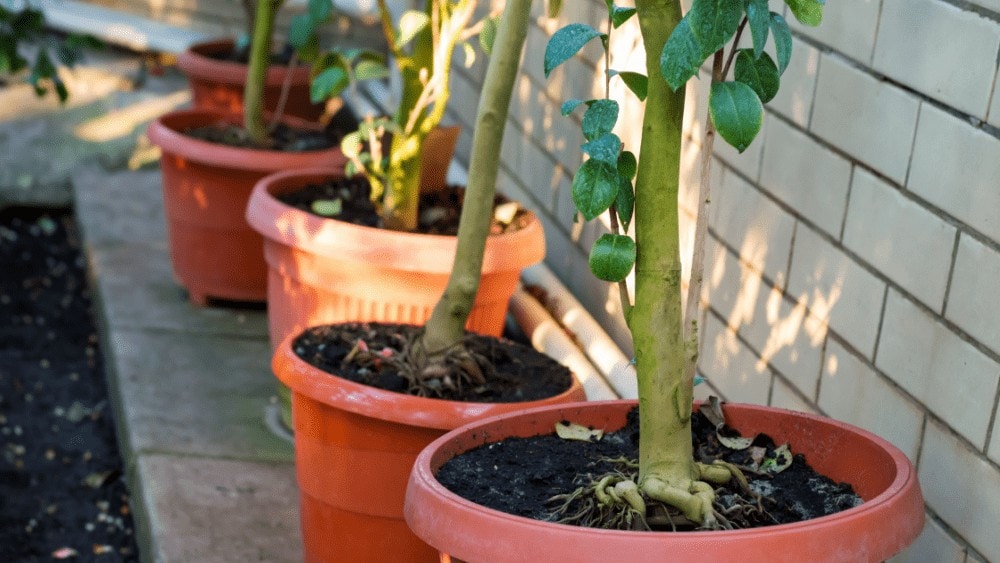
Yes it can, but frequent repotting will usually be necessary.
Potting in an undersized pot is one of the main reasons for all sorts of problems when growing Camellias. The smaller the pot, the more sensitive the plant will be to over or under-fertilization and over or under-watering. Small pots also lead to higher day/night temperature swings in the root zone and may also lead to pH problems because of the smaller acid buffer amount.
My Camellia Shrub Is Dying! What Should I Do?
Problems with Camellias are difficult to diagnose – a rule that applies to most other long-living shrubs as well. Because of that, ‘blanket solutions’ usually work best – repot the plant, move it in a different location with more or less sunlight and experiment with the watering frequency and fertilizer regimen. Pay attention if the plant starts recovering when shade is provided or when it’s watered more or less – this will quickly point you in the right direction.
Solutions: Use a magnifying glass to inspect the plant for pests and act accordingly by applying either an insecticide or a fungicide. If the plant has very pale leaves (interveinal chlorosis), this is almost always caused by too alkaline soil conditions and can be quickly solved by repotting in acidic soil and optionally, applying foliar iron fertilizer.
Here is a quick recap of the possible solutions for a dying Camellia plant:
- Repot in a bigger pot – use a suitable, acidic soil only. Root bound Camellia plants very often show symptoms of leaf curl and general poor health. Repotting can also fix invisible root rot caused by improper watering or high soil temperatures.
- Apply fertilizer and see if things improve or worsen – this is a good option if you’ve exhausted other causes such as sun stress, over or under-watering.
- Move the plant around or apply shade cloth – Camellia plants are more sensitive to sun scalding than most other species. The mid-day sun can be especially damaging.
- Water more or less – Over-watering suffocates the roots, but Camellia likes constant moisture in the soil. The smaller the potting container, the more difficult this balance is to achieve.
Compensating For Unfavorable Growing Conditions
Camellias are adaptable plants when it comes to the ambient temperatures, humidity and to some extend – the light intensity. However, they can’t deal with very alkaline soils, root-bound conditions, very strong sunlight or the low-light conditions of most indoor locations.
Are All Camellia Varieties Affected By The Same Issues?
Generally speaking, yes, but different Camellia varieties have different optimum growing temperatures. Nurseries often carry artificially-bred varieties that are extremely cold hardy and can survive outdoors down to -10F. Certain varieties like C.japonica can be very heat-intolerant. It’s crucial that you look up the optimum growth temperatures of a particular hybrid before you purchase it.
Final Thoughts
Camellias are often harmed by direct sunlight and do need some shading – leaf curl is the most common symptom of heat stress. There are many different hybrids and varieties, each one with different heat and drought tolerances. It’s best to select a hybrid that is sufficiently cold-hardy and then plant it outdoors in a carefully-selected spot that provides some shading during the mid-day hours and allows for direct sunlight during the mornings and evenings. If you don’t have such a spot, installing a 30-50% shade cloth will work best.

